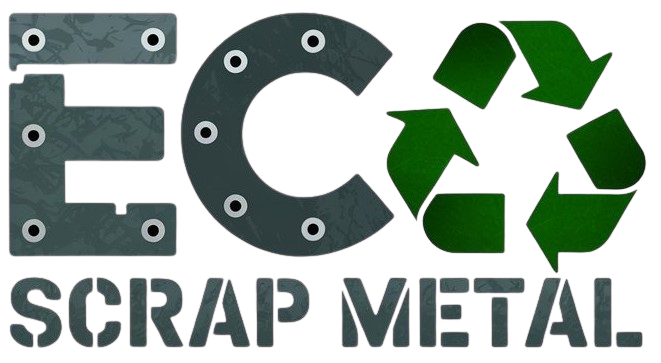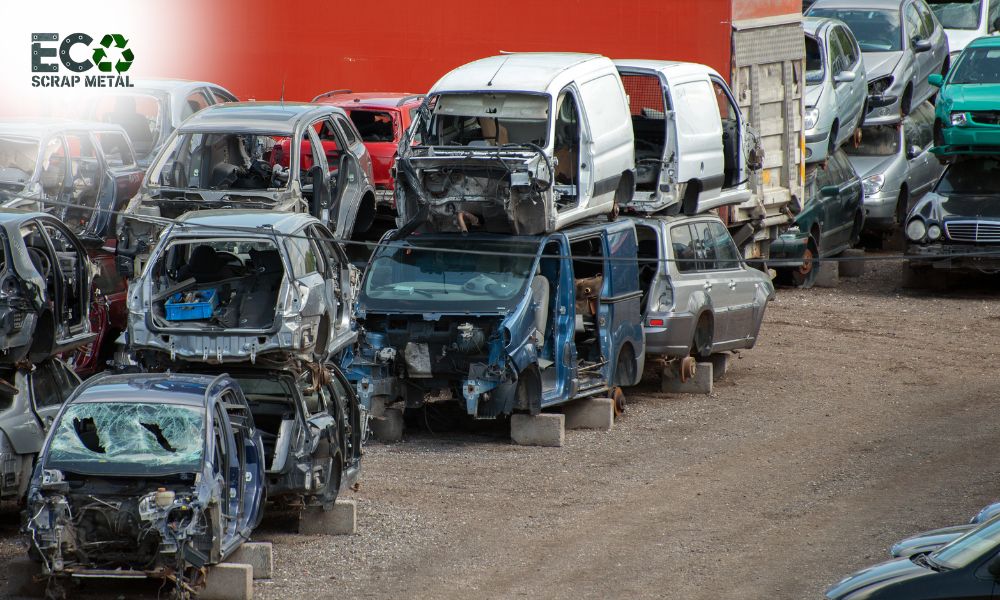Most Valuable Parts on a Car to Scrap
When a car reaches the end of its life whether due to age, damage, or expensive repairs scrapping it becomes a practical option. While many view an old or non-functional vehicle as worthless, the truth is that several components inside are still quite valuable.
Scrapping a car isn’t just about hauling away the metal shell. Certain parts can bring in a surprising amount of money if identified and removed correctly. Understanding which car parts are worth the most can help vehicle owners get the best possible return when selling to a scrap metal buyer or parts dealer. This guide outlines the most valuable parts commonly found in cars that are worth salvaging before scrapping the rest of the vehicle.
What Makes a Car Part Valuable for Scrapping?
The value of car parts in the scrapping process largely depends on the materials they are made from. Parts containing metals like aluminium, copper, or rare elements such as platinum tend to fetch higher prices in the scrap market due to their material worth. These metals are in constant demand and can be recycled into a variety of products, making them especially valuable.
Beyond material content, the resale potential of a part also plays a significant role. Components that still work or can be easily refurbished are attractive to mechanics, repair shops, and budget-conscious car owners. Parts that are compatible with a wide range of vehicles are even more valuable due to their broader market appeal. Additionally, parts that can be removed with basic tools and minimal labour are often prioritised, as they are easier and faster to process.
Most Valuable Car Parts to Scrap
Below is a list of some of the most valuable parts commonly removed and sold from vehicles being scrapped.
1. Catalytic Converters:
Catalytic converters are among the most valuable components on a car due to the presence of precious metals like platinum, palladium, and rhodium. These metals are used to reduce harmful emissions from the vehicle’s exhaust system.
Even if the converter is old or damaged, the metals inside maintain high market value. As a result, catalytic converters scrap can be sold for a substantial amount depending on the car make, model, and condition of the part.
2. Engines and Transmissions:
A vehicle’s engine and transmission are large, heavy, and complex components that can bring in significant cash if they are in working condition or suitable for rebuild. Mechanics and refurbishing shops often purchase these to repair and resell.
Even non-working engines and transmissions have value due to the metal content typically a mix of steel and aluminium making them worthwhile to salvage.
3. Alternators and Starters:
Alternators and starters are commonly removed and resold due to their copper wiring and ongoing demand in the used parts market. These items are essential for a vehicle’s electrical and ignition systems and are often replaced in older vehicles.
They are relatively small, easy to remove, and can be resold to rebuilders or automotive repair shops, even if they require minor repairs.
4. Radiators:
Radiators are made primarily of aluminium and sometimes copper, both of which are valuable as scrap metals. A radiator helps cool the engine and is a frequent replacement item in vehicles.
Even if the radiator is leaking or otherwise non-functional, the scrap metal value makes it a profitable part to salvage.
5. Car Batteries:
Standard car batteries contain lead, which holds value in the scrap industry. While they don’t bring in large amounts individually, selling them in bulk or including them with a vehicle can still provide a decent return.
Old Car Batteries from hybrid or electric vehicles are significantly more valuable due to their unique chemical makeup and higher capacity. These can be refurbished and resold or stripped for rare elements.
6. Air Conditioning Compressors:
The A/C compressor is responsible for circulating refrigerant and is a key part of any vehicle’s climate control system. These compressors contain valuable metals and can often be resold if in working condition.
Because they are commonly in demand for replacement, compressors that can be refurbished often find buyers in the parts market, increasing their overall scrap value.
7. Rims and Wheels:
Aluminium alloy wheels are sought after in the scrap market due to their high aluminium content. These wheels are lighter and more durable than steel wheels, which adds to their appeal for both scrap and resale purposes.
If the wheels are in good condition, they may be sold as used parts rather than scrapped, which typically brings in more money.
8. GPS and Infotainment Systems:
Factory-installed GPS units and infotainment systems, such as touchscreens and audio components, can be valuable, especially if the vehicle is relatively new. These systems are expensive to replace, which drives demand in the second-hand market.
If these electronics are functional and undamaged, they can be sold online or to local parts dealers for a respectable return.
9. Airbags:
Unused airbags are another valuable component. Repair shops and collision centres may purchase these to replace deployed airbags in vehicles that have undergone minor accidents.
Airbags must be handled carefully, and their resale depends on condition and proper removal. However, they can still offer a good return if kept intact.
10. Doors, Bumpers, and Body Panels:
Car doors, bumpers, hoods, and fenders are frequently damaged in accidents, making replacement parts in high demand. If these parts are free of rust and major dents, they can be resold to individuals or body shops looking for affordable repair options.
Paint condition and colour can also affect resale value, especially if they match popular or current vehicle colours.
Tips for Maximising Scrap Car Value
Maximising the value of a scrap car starts with a bit of research. Checking current market prices for parts on websites like eBay or local marketplaces can provide a clear picture of what specific components are worth. In many cases, removing high-value items such as catalytic converters, batteries, and alloy wheels before scrapping the rest of the car can result in a higher overall return.
It’s also a good idea to contact several scrap yards, as prices can vary depending on the buyer and the materials being sold. Comparing offers ensures the best possible deal, especially for metals like copper and aluminium. Additionally, having the necessary ownership documents ready, such as a car title or registration, helps avoid delays and ensures a smooth transaction when selling either the vehicle or its parts.
Conclusion
Scrapping a car isn’t just about clearing space in the garage or getting rid of a non-functional vehicle. Many of the parts within an old or damaged car can be worth significant money, especially if they are salvaged and sold strategically.
From the precious metals found in catalytic converters to the resale value of infotainment systems, nearly every part of a vehicle has some level of value. Knowing which components to prioritise can make a big difference in how much a vehicle owner earns when parting with their car.
By understanding what’s inside the vehicle and identifying the most valuable car parts, it becomes easier to make informed decisions and get the best possible return when scrapping a car.

